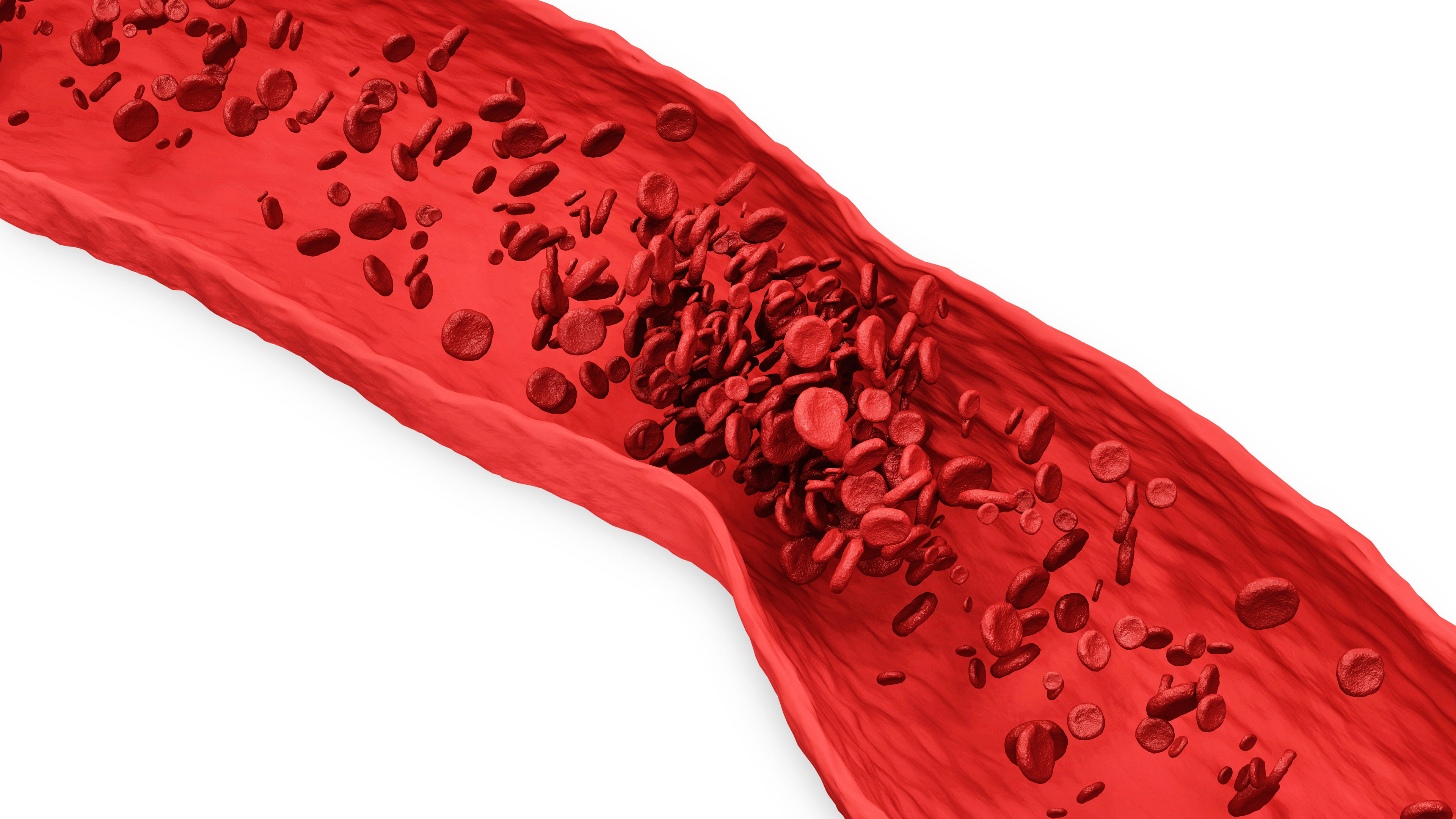Heart and Circulatory System
Blood Clots and Pulmonary Embolus
 Thrombophlebitis
Thrombophlebitis
Third Class medical certification, single episode of phlebitis that has been treated and resolved with no use of anticoagulants (blood thinners):
You should have a current status report from your treating doctor with you when you visit the aviation medical examiner for an FAA physical examination. Your AME may issue your medical if you are otherwise qualified.
First and Second-Class medical certification:
A status report from the treating physician is still required; however, the AME may not issue the certificate in the office unless authorized by an FAA staff physician. Your AME should call the FAA Aerospace Medical Certification Division or the appropriate Regional Flight Surgeon to request an office issuance.
Deep Vein Thrombosis (DVT)
A more serious health threat, a DVT is a blood clot in a larger vein located deeper in the limb, usually the lower leg. Initial treatment almost always includes use of anticoagulants such as warfarin (Coumadin). If prescribed warfarin, frequent blood tests are done to monitor the dosage and to assure adequate anticoagulation.
You need to be stable on medication and symptom free for at least two months before submitting any information to the FAA. If on warfarin, frequent monitoring of INR (International Normalized Ratio) will be needed as part of the required information for the FAA.
The AME may call the FAA to request authorization for an office issuance, so you will need the following:
- Hospital records, if applicable;
- Current status report from your doctor;
- Current blood work: PT/PTT & INR, protein S&C counts (proteins that work together to prevent excessive blood clotting), and Leiden Factor V which determines the presence of gene mutation that can interfere with normal blood clotting and contribute to recurrent thrombosis or embolisms;
- If on anticoagulant medication, submit all INR results for at least the last three months of warfarin therapy. 80% or more of INR values must be between 2.0 and 3.0.
Pulmonary Embolism
The occurrence of pulmonary embolism, a blood clot in the lung, is a serious medical condition that, if treated early, usually results in a full recovery.
At the time of reporting, you will need to provide the following:
- Hospital admission and discharge summaries with evidence of at least two months of recovery and, if applicable, at least two months of anticoagulant therapy.
- Lab reports showing PT/PTT and INRs - from time of hospital discharge to present, and reports of Protein S&C and Leiden Factor V tests for blood clotting deficiencies.
- A detailed, current status report from your treating.
- A minimum of 2 months of periodic INR reports showing no less than 80% of the readings between 2.0 – 3.0. If additional time is needed to document therapeutic INR range, you should delay sending your information to the FAA.
AME-Assisted Special Issuance (AASI) for Pulmonary Embolus
An FAA physician provides the initial certification decision and grants the Authorization in accordance with 14 CFR §67.401. The Authorization letter is accompanied by attachments that specify the information that your treating physician(s) must provide for the re-issuance determination. The Aviation Medical Examiner may re-issue an airman medical certificate under the provisions of an Authorization if the applicant provides the following:
- An Authorization granted by the FAA;
- A summary of the applicant’s medical condition since the last FAA medical examination, including a statement regarding any further episodes of DVT, PE or other complication of hypercoagulopathy;
- The name and dosage of medication(s) used for treatment and/or prevention with comment regarding side effects; and
- A minimum of monthly International Normalized Ratio (INR) results for the immediate prior 6 months.
The Examiner must defer to the AMCD or Region if:
- More than 20 percent of INR values are less than 2.0 or greater than 3.0; or
- The applicant develops emboli, thrombosis, bleeding that required medical intervention, or any other cardiac or neurologic condition previously not diagnosed or reported.
How/Where to Submit to the FAA
Helps you find the contact information for submitting your medical records.
Updated April 2016